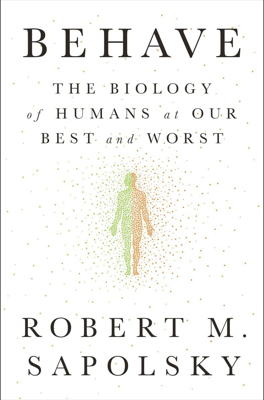Metaphors We Kill By
Metaphorical Representations and Their Real-world Impacts
The chapter begins by exploring historical instances where symbols or representations have invoked violent and aggressive behaviors. A notable example is the violent aftermath following the publication of cartoons in a Danish newspaper depicting Prophet Muhammad, highlighting the intensity of reactions to perceived disrespect or mockery of sacred symbols.
Moving ahead, the narrative delves into how humans attribute profound significance to symbols, effectively treating them as physical entities. This can be seen in different cultures' use of flags, religious icons, or certain clothing colors which can invoke extremely strong emotional responses, including violence.
Further exploration into cognitive processes illustrates that humans often fail to distinguish between metaphorical and literal associations. For instance, experiencing “cold” sensations can make someone perceive others as emotionally “cold”. This conflation is detailed through various studies showing how physical sensations can impact interpersonal judgments and social behaviors.
Neurological Roots of Symbolic Thinking
The text elaborates on how certain brain regions, including the insular cortex and anterior cingulate cortex, respond to both physical disgust and moral outrages, processing violations of social norms or unethical behaviors with similar mechanisms used for basic survival responses. This overlap suggests that a significant aspect of human evolution involves adapting existing neurological structures for complex social interactions.
The intertwining of physical and moral reactions is highlighted as not just a fascinating neurological feat but also a profound influence on societal behaviors and interactions. Social and moral norms are heavily influenced by how individuals physically experience and interpret the world, which can sometimes lead to dramatic societal consequences when manipulated, such as in instances of propaganda or collective violence.
Intertwining Moral Constructs and Social Consequences
A key point discusses how deeply ingrained metaphors and symbolic thinking can be manipulated to dehumanize groups and justify atrocities, citing the Rwandan genocide as a prime example where Tutsis were metaphorically described as "cockroaches," intensifying the moral disgust and justifying horrific violence against them.
On a constructive note, the text argues that understanding and leveraging the metaphoric interpretations can also foster peace and reconciliation. It mentions peace efforts in troubled regions where acknowledging and respecting the "sacred values" of conflicting parties can pave the way for meaningful resolutions to deeply rooted conflicts.
Implications for Symbolism in Human Behavior
Overall, this exploration into the neurobiological and psychological dimensions of symbolic thinking concludes by affirming how impactful metaphors and symbols are in shaping human behaviors — both constructive and destructive. It calls for a more nuanced recognition and application of this understanding in global peace and conflict resolution strategies, leveraging human brains' tendency to infuse the symbolic with concrete significance for harmonious societal coexistence.
